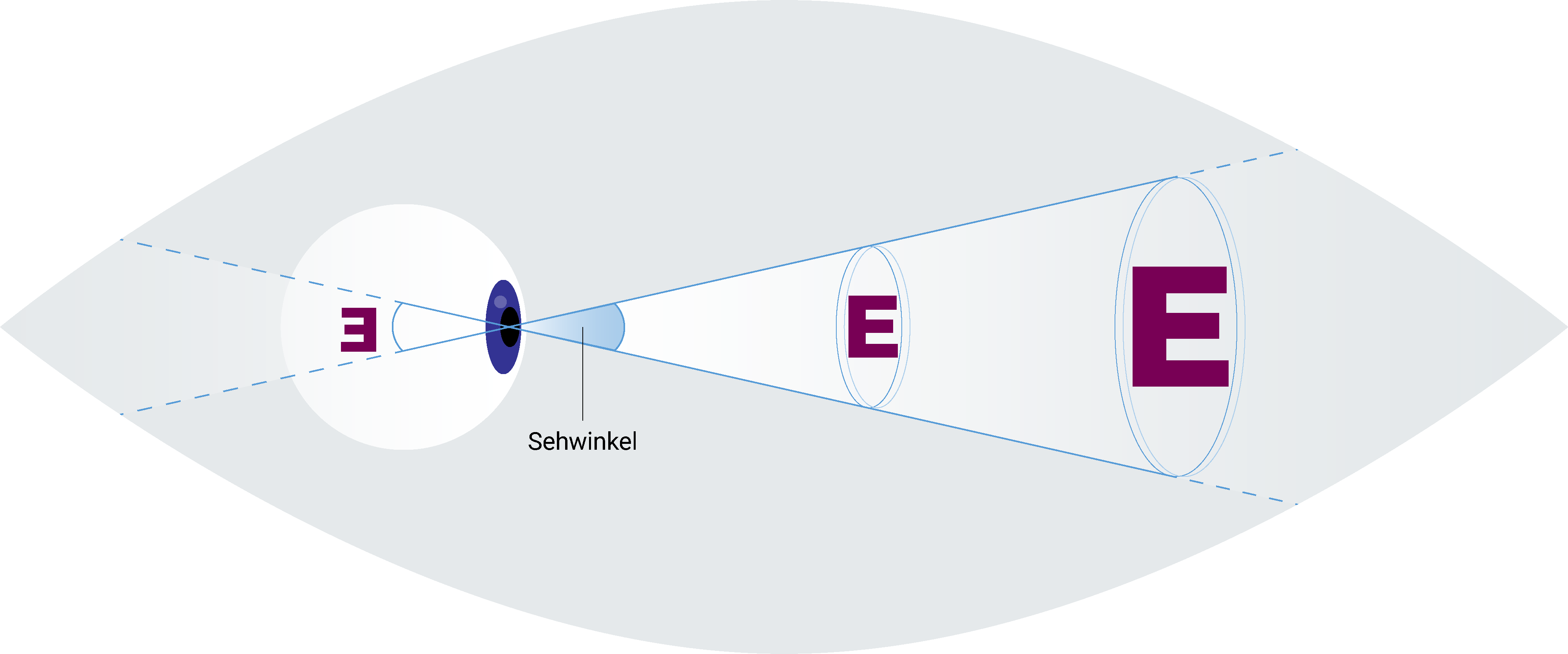As efficiency-driven people, we quickly asked ourselves whether a plug-in could not take this work off our hands by automating and thus speeding up the checks. So without further ado, we developed a plug-in for the design tool of choice, Figma. What were our concrete requirements?
Basically, the plug-in should automatically perform the readability check on selected screens. In order to be able to calculate this on the basis of the guideline, certain basic parameters must first be checked. These include the physical size and resolution of the display as well as the distance of the user from the display.
With the help of Figma's plug-in documentation, we developed a UI that allows the input of the required data. In addition, we have enabled the use of presets. In this way, the typical distance to the display can be chosen by selecting end device types (desktop, tablet, different smartphone models).











